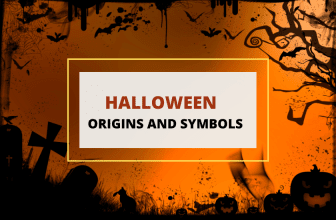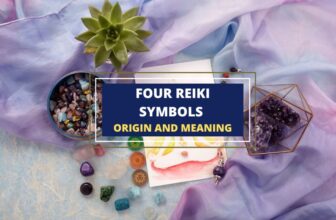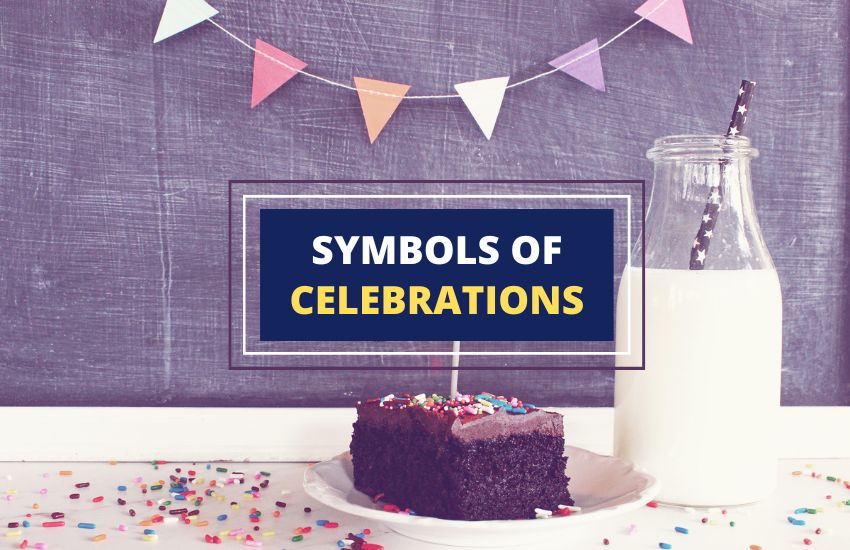
Table of Contents
From birthdays to weddings, and from graduations to holidays, celebrations are a universal way to mark important milestones and achievements in our lives. Whether big or small, celebrations often involve certain symbols that add to the festive mood and make the occasion more memorable.
In this article, we’ll explore 20 popular symbols of celebration and their significance, from the traditional to the contemporary, and discover why they’re so integral to our cultural celebrations. Join us on a journey of discovery and celebration!
1. Balloons
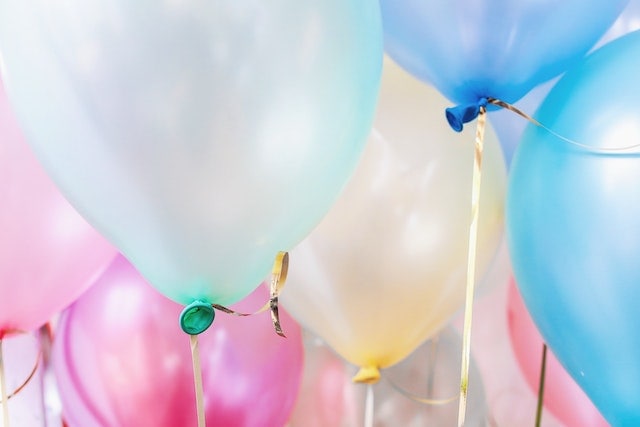
Balloons represent the carefree and joyful spirit of celebration, bringing a sense of excitement and wonder to any event. They’re versatile and can be used in various ways to create a fun and lively atmosphere.
Children love to play with balloons, and adults enjoy the playful spirit they bring to the occasion. The simple act of releasing a group of balloons into the sky has become a ritual of celebration, signifying the release of joy and positive energy.
Overall, balloons are a symbol of happiness, innocence, and carefree fun, making them the perfect symbol of celebration.
2. Confetti

The origins of confetti can be traced back to ancient Rome, where it was used during celebrations and parades to symbolize abundance and good luck. Today, confetti is used to celebrate all kinds of occasions, from weddings and birthdays to New Year’s Eve and sports victories.
The tiny pieces of paper, plastic or metal come in various shapes and colors and are often thrown into the air to create a festive atmosphere. Confetti has become a beloved tradition in many cultures.
There’s even a Guinness World Record for the largest number of confetti released at once – over 800,000 pounds in New York’s Times Square on New Year’s Eve.
3. Fireworks

From national holidays to New Year‘s Eve, weddings, and sporting events, fireworks are the perfect way to create a sense of excitement and wonder. But why have fireworks become so synonymous with celebration?
Perhaps it’s because they represent the triumph of light over darkness, a symbol of hope and optimism for the future. Or maybe it’s the fact that fireworks create a sense of unity and togetherness, bringing people from all walks of life together to share in a moment of joy.
Whatever the reason, fireworks have become an essential part of our cultural celebrations, reminding us of the beauty and wonder of the world we live in.
4. Streamers
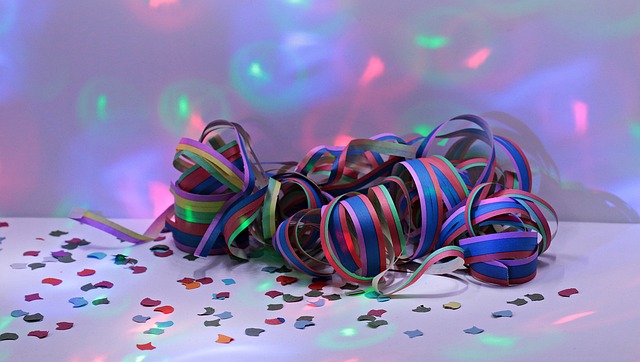
Streamers are colorful and versatile symbols of celebration that add a playful and festive touch to any occasion. These long, thin strips of paper or plastic come in a wide range of colors and can be hung from walls, ceilings, or trees to create a vibrant and lively atmosphere.
Streamers have become a beloved tradition in many cultures, used to celebrate everything from birthdays and weddings to sporting events and national holidays. They represent the carefree and joyful spirit of celebration, bringing a sense of energy and excitement to the occasion.
5. Cake
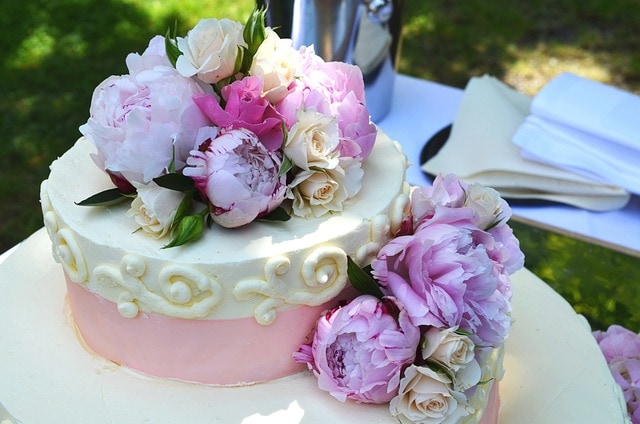
Cake is a sweet and indulgent treat that has the power to bring people together and create a sense of happiness and joy.
Perhaps it’s because the act of baking and decorating a cake requires time, effort, and love, making it the perfect symbol of appreciation and gratitude. Or maybe it’s the fact that cake is a universal comfort food, something that we turn to during times of joy and sorrow alike.
The tradition of birthday cake can be traced back to ancient Greece, where they would offer round cakes to the gods as a symbol of gratitude and thanksgiving. Today, cake has become an essential part of our cultural celebrations, reminding us to savor life’s sweetest moments and appreciate the people we share them with.
6. Candles
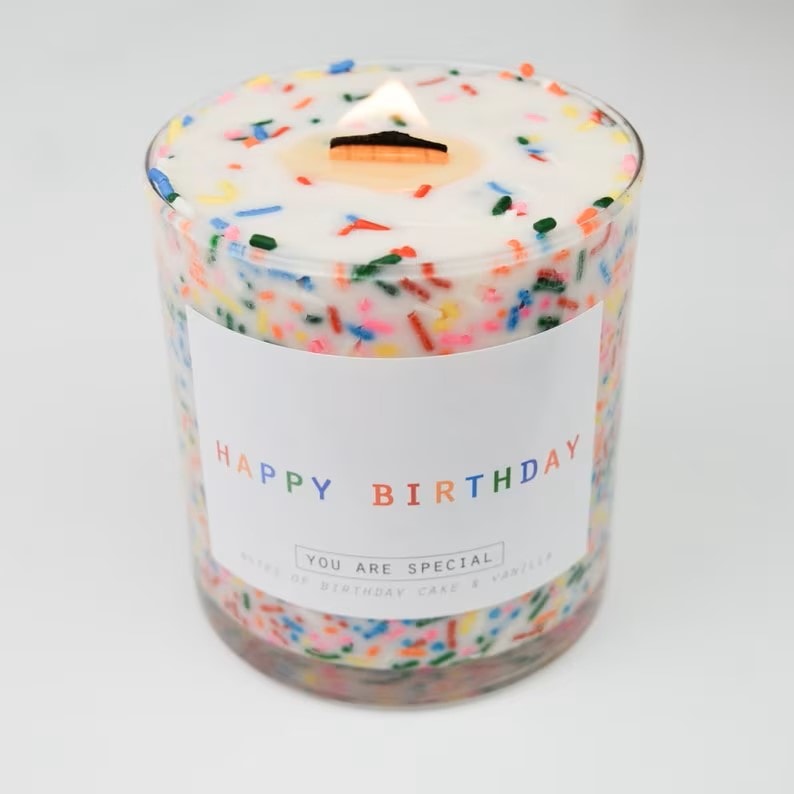
Candles have been used as a symbol of celebration for centuries, dating back to ancient times when they were used in religious ceremonies and rituals. Today, candles continue to hold a special place in our cultural celebrations, representing hope, warmth, and unity.
Candles create a warm and inviting atmosphere, filling the air with a gentle glow and pleasant fragrance. They can be used to mark important milestones such as birthdays, weddings, and religious holidays, and are often lit in memory of loved ones who have passed away.
Candles symbolize the power of light over darkness, reminding us to focus on the positive aspects of life and to find hope even in the darkest of times. They can be found in all shapes, sizes, and colors, and are often used to create a sense of calm and relaxation.
7. Champagne
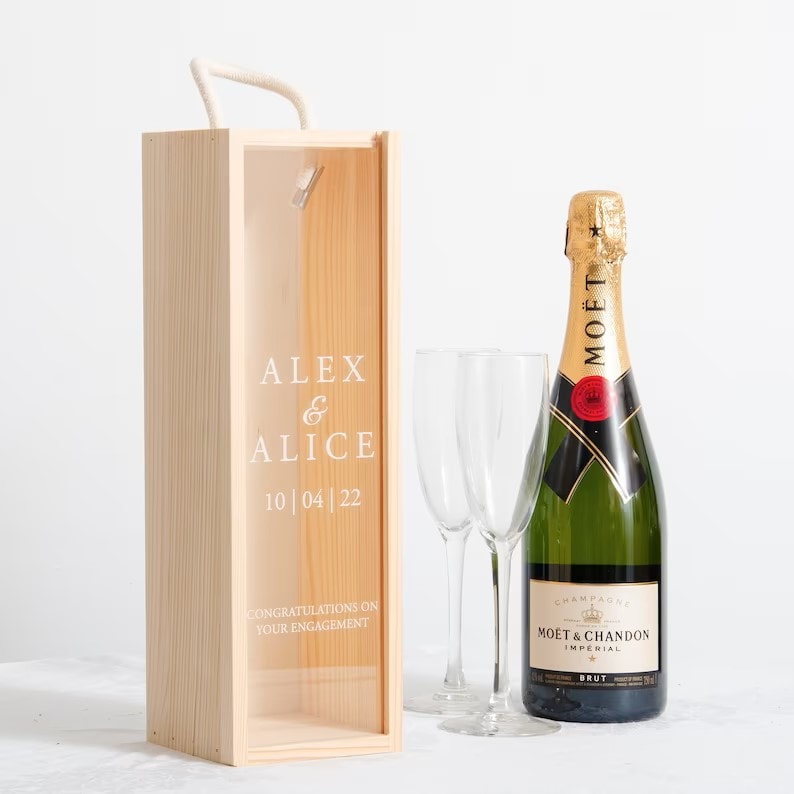
Champagne is a sparkling wine that has become synonymous with celebration, representing luxury, indulgence, and joy. The bubbles and effervescence of champagne make it a festive and lively drink, perfect for toasting to special occasions such as weddings, graduations, and New Year’s Eve.
The tradition of drinking champagne to mark important milestones dates back to the French aristocracy in the 17th century, who would use sparkling wine to celebrate their victories and successes.
Today, champagne has become a staple of our cultural celebrations, symbolizing the joy and excitement of life’s most special moments. The pop of a champagne cork and the bubbles dancing in glass create a sense of excitement and anticipation, adding to the sense of festivity.
8. Party Hats
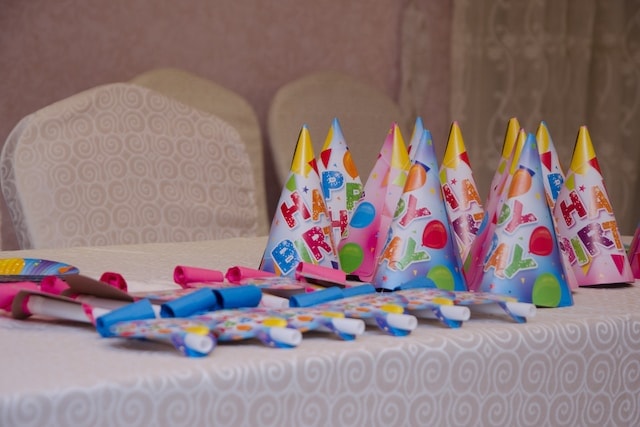
Party hats are a colorful and whimsical symbol of celebration, often worn during festive occasions. These festive headpieces have been a beloved tradition for many generations, representing the playful and carefree spirit of celebration.
Party hats are typically made from paper or cardboard and are adorned with bright colors, sequins, and other decorations. They’re often used as a fun and playful way to add a sense of excitement and energy to any occasion, encouraging guests to let their hair down and enjoy the moment.
The act of wearing a party hat is a lighthearted and joyful expression of celebration, reminding us to have fun and enjoy life’s most special moments.
9. Gifts
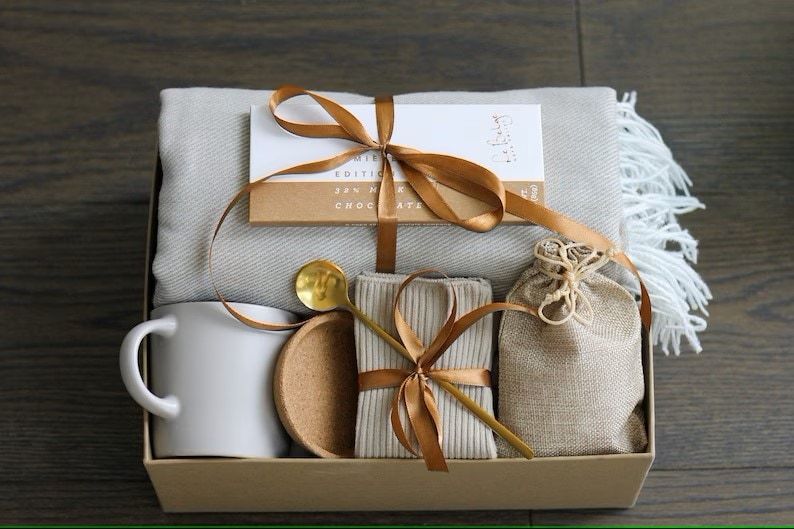
The act of giving and receiving gifts is a time-honored tradition that dates back to ancient times when gifts were exchanged as a symbol of friendship and respect. Today, gifts are a common way to mark important milestones such as birthdays, weddings, and holidays, and are often given as a way to express gratitude and love to the people we care about.
The act of giving a gift is a thoughtful and heartfelt expression of celebration, reminding us to cherish the special moments in life and appreciate the people we share them with. The joy of giving a gift is matched only by the joy of receiving one, creating a sense of excitement and anticipation that adds to the sense of festivity.
10. Music

Music has the power to evoke emotion, bring people together, and create a sense of joy and celebration. Whether it’s the sound of a lively band at a wedding, the beat of a drum during a parade, or the joyous melody of a holiday song, music has become an important part of our cultural celebrations.
The rhythm and tempo of music have the ability to uplift and energize us, inspiring us to dance, sing, and celebrate. The lyrics of a song can also capture the spirit of a special occasion, expressing the joy, love, and excitement that we feel during a moment of celebration.
The tradition of using music to mark important events dates back to ancient times, and today, music remains a beloved and essential symbol of celebration that adds to the sense of festivity and joy.
11. Dancing

Dancing is a physical expression of joy and celebration and has been a part of human culture for thousands of years. It’s a way to let loose and enjoy the moment, to connect with others and share in the joy of a special occasion.
Dancing can take many forms, from traditional folk dances to modern hip-hop routines, but the common thread is the sense of celebration and community that it creates. Whether it’s a group of friends dancing together at a party or an entire village celebrating a festival, dancing has the power to bring people together and create a sense of shared experience.
Dancing is also a way to express oneself without words, to communicate through movement and rhythm.
12. Piñatas
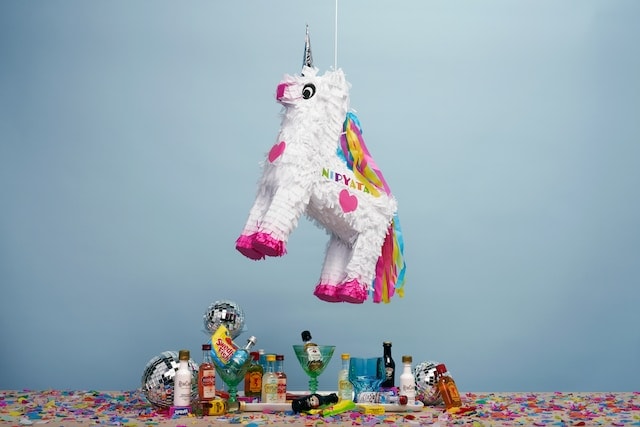
Piñatas are a traditional Mexican symbol of celebration that has gained popularity around the world. The colorful, papier-mâché creations are often shaped like animals or other objects and are filled with candy, toys, or other treats.
The goal of a piñata is to break it open with a stick or bat, releasing the contents and bringing joy and excitement to the partygoers. The origins of the piñata can be traced back to the 14th century, where it was used as part of religious celebrations in Europe. Over time, it evolved into a secular tradition associated with birthdays, Christmas, and other special events.
The act of breaking open a piñata is symbolic of overcoming obstacles and receiving unexpected rewards, adding to the sense of joy and celebration. Today, piñatas have become a beloved symbol of fun and festivity, adding a touch of excitement and whimsy to any celebration.
13. Ribbons
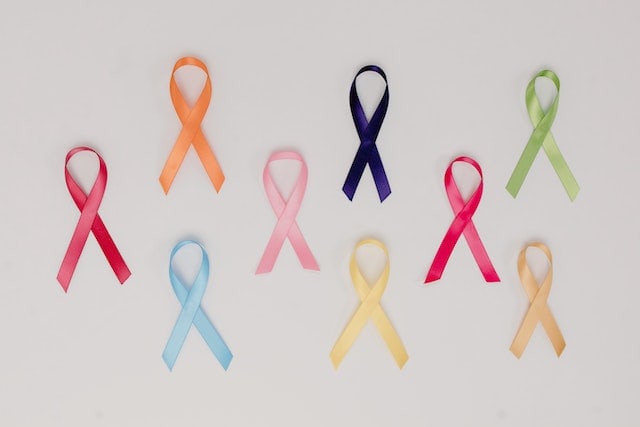
The origins of using ribbons as a symbol of celebration can be traced back to ancient Greece and Rome, where they were used to adorn the heads of victorious athletes and military leaders. Over time, ribbons came to be associated with other types of triumphs, including academic achievements and beauty pageants.
In the Middle Ages, ribbons were used as a way to display one’s wealth and status and were often worn by royalty and members of the upper class.
Today, ribbons can be found in a variety of celebratory contexts, from gift wrapping and party decorations to awards ceremonies and parades. They’re often brightly colored and festive, adding to the overall sense of joy and excitement that comes with a special occasion.
14. Presents
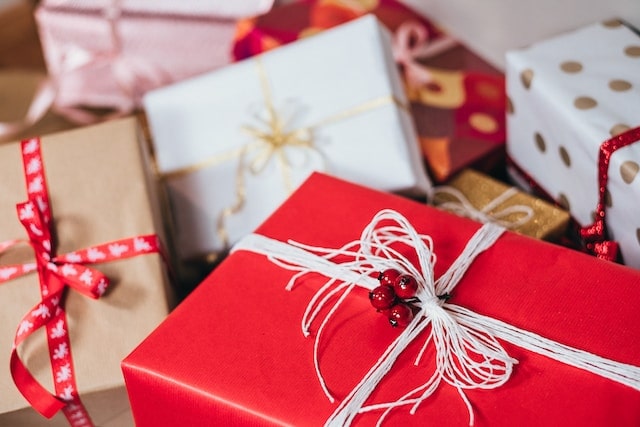
Presents have been a symbol of celebration for centuries, and their significance goes beyond just the act of gift-giving. In ancient times, exchanging gifts was a way of showing respect, gratitude, and love toward others. It was a way of cementing relationships and establishing alliances between individuals, tribes, or nations.
As time passed, the act of gift-giving became more refined and was associated with specific occasions such as birthdays, weddings, and religious holidays. Presents became a way of expressing joy and happiness, and they were often used as a means of creating lasting memories.
15. Flowers
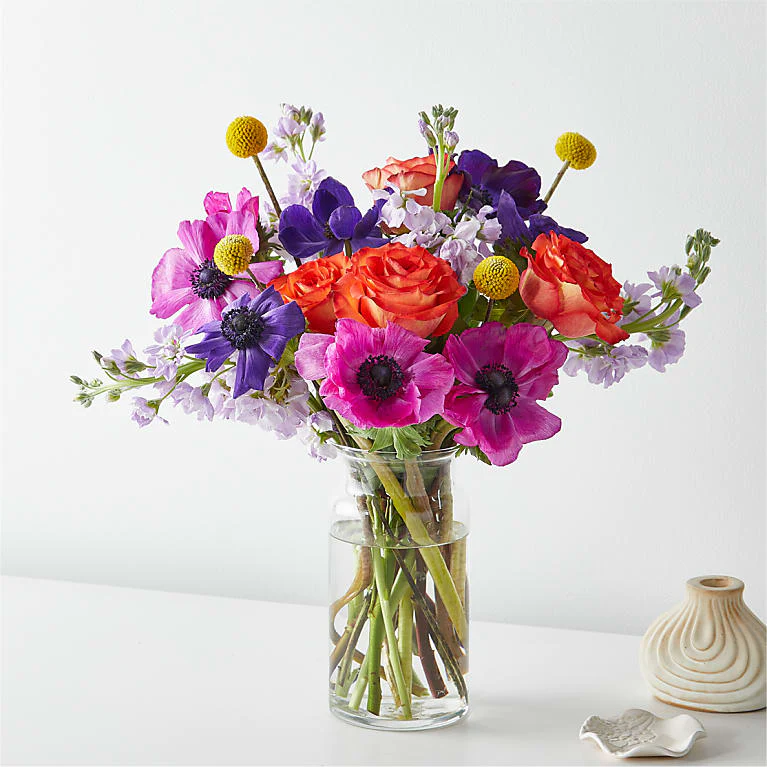
One reason why flowers are associated with celebration is their ephemeral nature. They bloom for a short time, and their beauty is fleeting. This makes them a potent symbol of the transience of life and the need to appreciate the present moment.
Flowers can also have a profound impact on our emotions. Their colors, scents, and shapes can trigger feelings of joy, happiness, and relaxation, which make them an ideal way of setting a celebratory mood.
In addition to their aesthetic qualities, flowers also have cultural and religious significance. They are often used as offerings in religious ceremonies, and certain flowers have specific meanings in different cultures. For example, in Japan, cherry blossoms symbolize the fleeting nature of life and the importance of living in the moment.
16. Banners
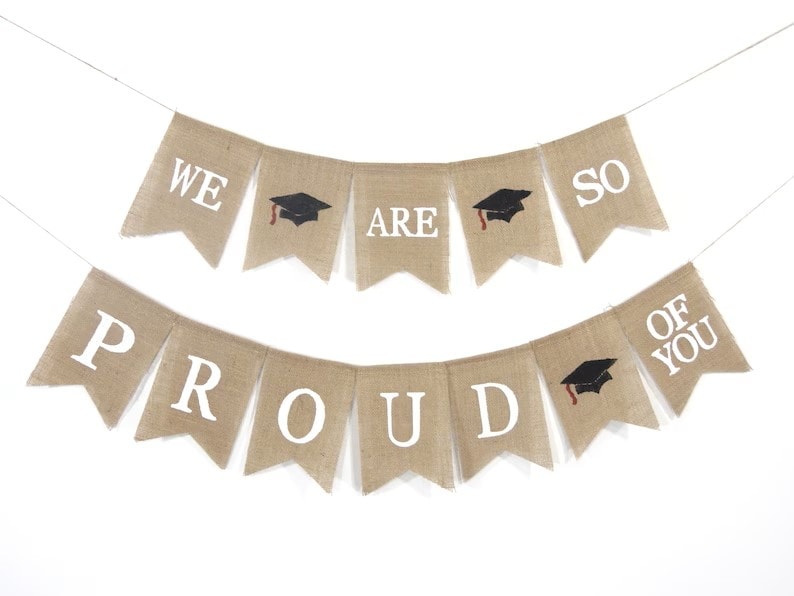
Banners are often used to mark important events such as weddings, graduations, and sporting events. They can be made from a variety of materials and can be adorned with colorful designs and images that capture the spirit of the celebration. They’re also a way of announcing the arrival of important guests or the start of a new chapter in life.
Banners are a symbol of celebration because they convey messages, create a sense of occasion, and have a historical association with strength and unity. They are a powerful way of marking important events and bringing people together to celebrate.
17. Noisemakers
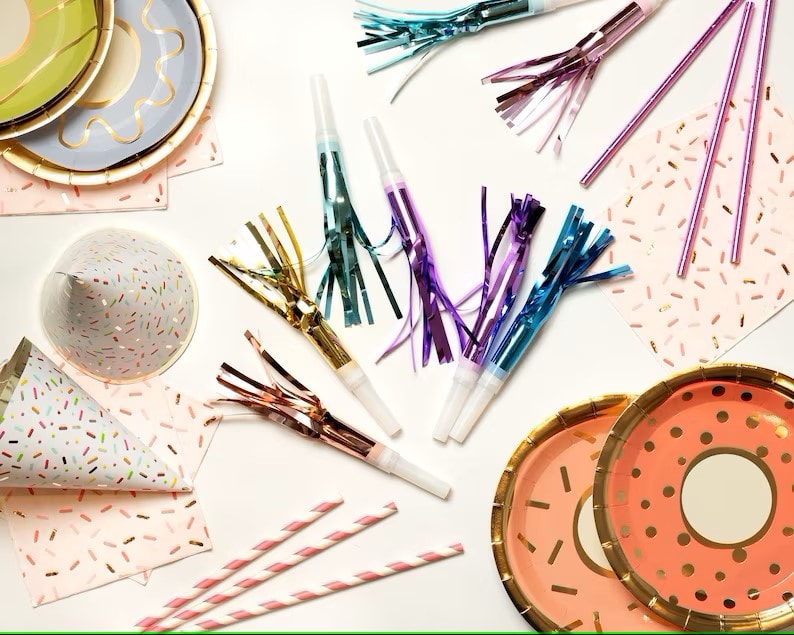
The act of making noise during celebrations is believed to have originated from ancient cultures that used loud sounds to drive away evil spirits and bring good luck. This tradition has evolved over time, and noise makers such as horns, whistles, and fireworks are now used to celebrate joyous occasions.
Noisemakers are a way of expressing excitement and enthusiasm during celebrations. They add an element of spontaneity and playfulness to the occasion and encourage people to let loose and have fun.
Noisemakers are a symbol of celebration because they create a festive atmosphere, have a historical association with driving away evil spirits and bringing good luck, and encourage people to express their excitement and enthusiasm. They’re a vital part of any celebration and add to the joyous atmosphere.
18. Costumes
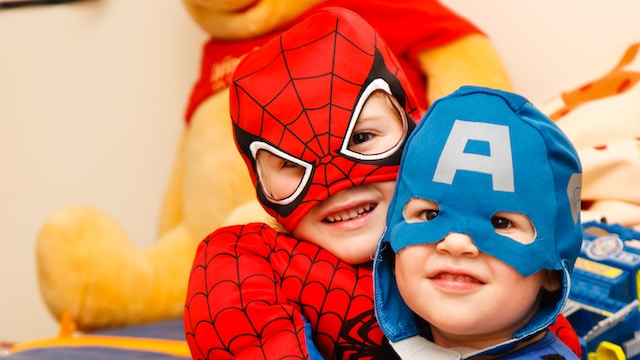
Used for centuries, the significance of costumes lies in their ability to allow individuals to embody different personas and express their creativity and imagination. They’re often used during festive occasions such as carnivals, parades, and theater performances.
Costumes are a way of connecting with others who share similar interests and passions, making them a powerful tool for building communities and celebrating diversity. They allow people to express themselves in unique and creative ways, making them a vital part of any celebration.
19. Party Favors
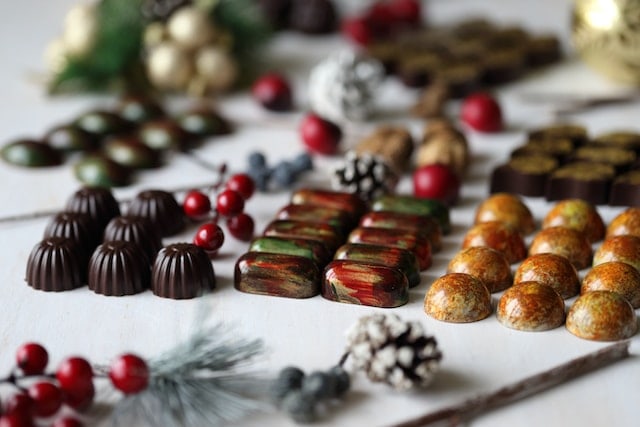
Party favors are a symbol of celebration because they serve as a token of appreciation for guests and a way of commemorating a special occasion. They can take many forms, from small trinkets and sweets to personalized gifts and keepsakes and are a way of saying thank you to guests for sharing in the celebration.
In addition, party favors can serve as a memento of the occasion, allowing guests to remember the event long after it is over. They can also create a sense of unity among guests, as everyone receives the same gift and shares in the celebration.
Overall, party favors are a way of expressing gratitude, commemorating the occasion, and creating a sense of unity among guests, making them a meaningful symbol of celebration.
20. Bonfires
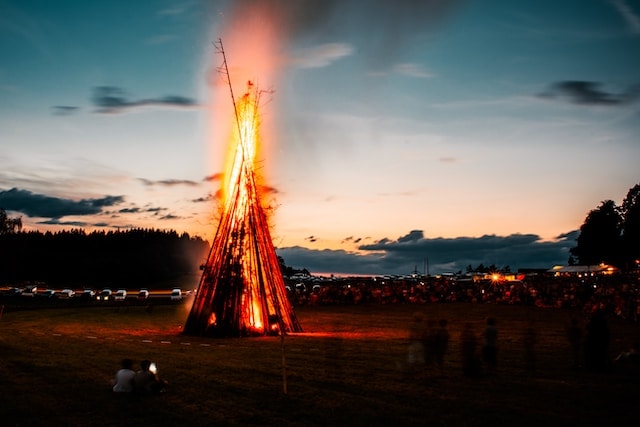
Bonfires have been used as a symbol of celebration for centuries, dating back to pagan festivals and ancient rituals. They’re typically lit during outdoor celebrations such as summer solstice, religious holidays, or New Year’s Eve.
Bonfires symbolize celebration as they create a warm and inviting atmosphere, bringing people together to enjoy the warmth and light. The crackling sound and dancing flames add a sense of excitement and energy to the occasion, making it more memorable.
In addition, bonfires represent the act of leaving behind the old and embracing the new. It’s a way of purging negative energy and starting fresh, making it a powerful symbol of new beginnings and transformation.
Wrapping up
Symbols of celebration aren’t just colorful decorations or simple traditions, they’re meaningful representations of our human desire to express joy, happiness, and unity. From confetti and bonfires to costumes and party favors, each symbol carries its own unique meaning and adds a touch of magic to any celebration.
These symbols remind us to take time to appreciate the good things in life, to connect with others and to embrace the joy of living. So, next time you celebrate, take a moment to appreciate the symbols that make your celebration special and memorable.
Similar Articles:
20 Profound Symbols of Happiness
Top 10 Symbols of Grace and What They Mean
Top 15 Powerful Symbols of Quality and What They Mean






